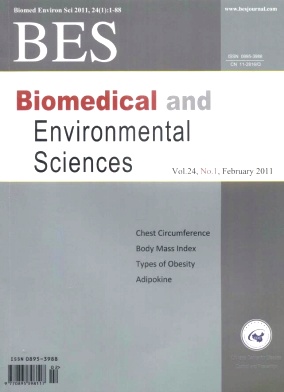How does Cellular Heparan Sulfate Function in Viral Pathogenicity?
doi: 10.3967/0895-3988.2011.01.011
-
Key words:
- Heparan sulfate /
- Viral pathogenicity /
- Receptor
Abstract: Heparan sulfate (HS) is ubiquitously expressed on the surfaces and in the extracellular matrix of virtually all cell types, making it an ideal receptor for viral infection. Compared with wild-type viruses,cell culture-adapted laboratory strains exhibit more efficient binding to cellular HS receptors. HS-binding viruses are typically cleared faster from the circulation and cause lower viremia than their non-HS-binding counterparts, suggesting that the HS-binding phenotype is a tissue culture adaptation that lowers virus fitness in vivo. However, when inoculated intracranially, efficient cell attachment through HS binding can contribute to viral neurovirulence. The primary aim of this review is to discuss the roles of HS binding in viral pathogenicity, including peripheral virulence and neurovirulence.Understanding how heparan sulfate functions during virus infection in vivo may prove critical for elucidating the molecular mechanism of viral pathogenesis, and may contribute to the development of therapeutics targeting HS.
| Citation: | ZHU WuYang, LI JiangJiao, LIANG GuoDong. How does Cellular Heparan Sulfate Function in Viral Pathogenicity?[J]. Biomedical and Environmental Sciences, 2011, 24(1): 81-87. doi: 10.3967/0895-3988.2011.01.011 |







 Quick Links
Quick Links
 DownLoad:
DownLoad: